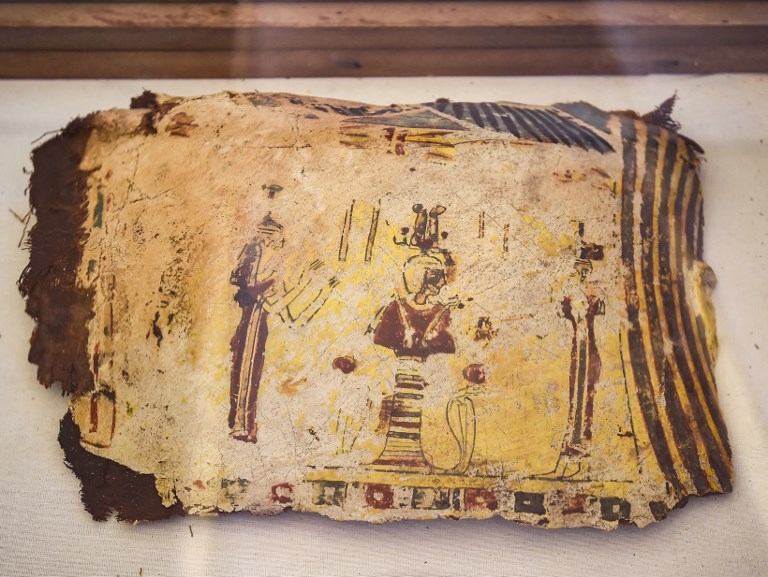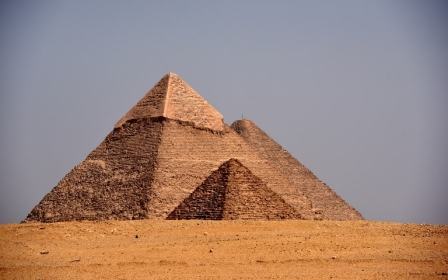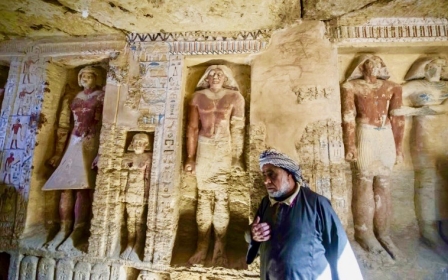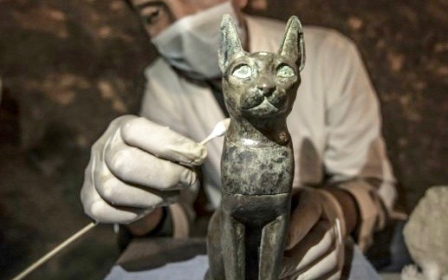Egypt unveils more than 40 ancient mummies from Ptolemaic period

Egypt on Saturday unveiled more than 40 mummies dating back to the Ptolemaic era at a burial site in the centre of the country.
While mummification is mostly associated with ancient Egypt, the practice continued under the kingdom founded by Ptolemy, a successor to Alexander the Great, which lasted from 323 BC to 30 BC.
Ancient Greek rulers reached the height of their power between the conquests of Alexander the Great and the rise of the Roman empire.
Journalists clambered down a ladder and through an underground chamber beneath the sandy soil of Tunah al-Gabal, 260 kilometres (160 miles) south of Cairo, to glimpse the recent finds.
Archaeologist Rami Rasmi told AFP that 12 children and six animals were among the more than 40 mummies, while the rest were adult men and women.
The identities of the mummies were still unknown, said Mostafa Waziri, secretary-general of the Supreme Council of Antiquities, according to Reuters.
“We have not found names written in hieroglyphics," he said, adding it was obvious from the mummification method that the individuals whose remains were found had to some extent held important or prestigious positions.
The remains were found laying on the floor or in open clay coffins in the crumbling chamber in Minya governorate.
The Minya graves, discovered during an excavation that started in February last year, are in a communal tomb "probably belonging to a petty bourgeois family," the antiquities ministry said.
Archaeologist Mohamed Ragab said two tombs were discovered nine metres underground and contained more than six rooms.
The presence of mummified pets, mostly dogs, showed how important they were for the dead. "These animals were so dear to their owners that they buried them ... in their tomb," Ragab said.
Shards of pottery and pieces of papyrus found at the site helped researchers to determine its date, Waziri said.
Some of the mummies were found wrapped in linen while others were placed in stone coffins or wooden sarcophagi.
Middle East Eye propose une couverture et une analyse indépendantes et incomparables du Moyen-Orient, de l’Afrique du Nord et d’autres régions du monde. Pour en savoir plus sur la reprise de ce contenu et les frais qui s’appliquent, veuillez remplir ce formulaire [en anglais]. Pour en savoir plus sur MEE, cliquez ici [en anglais].




